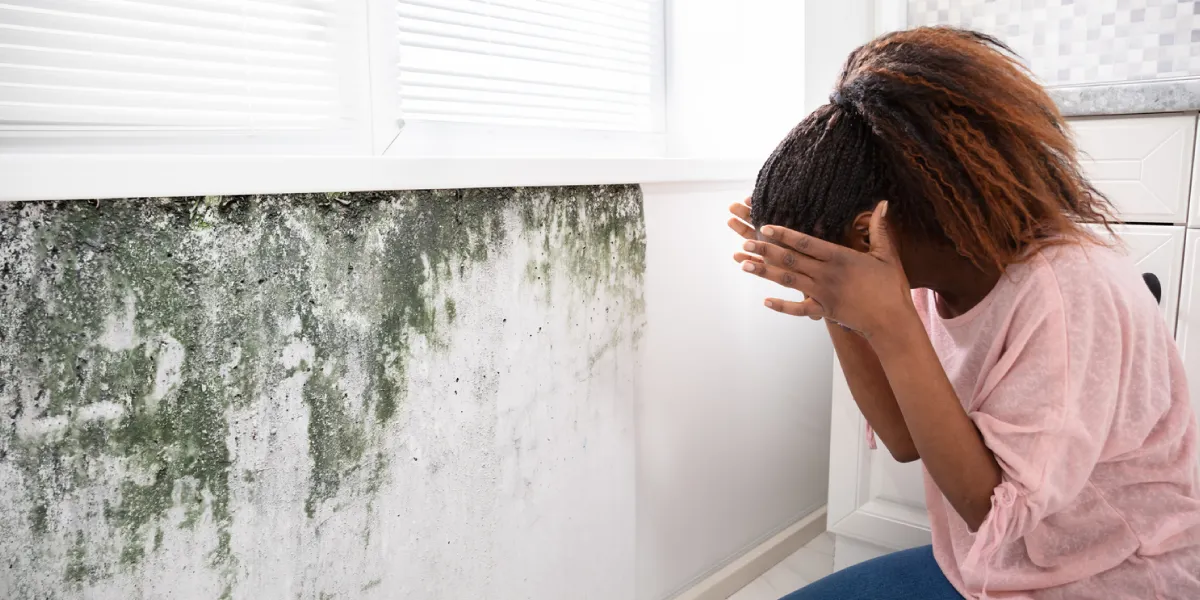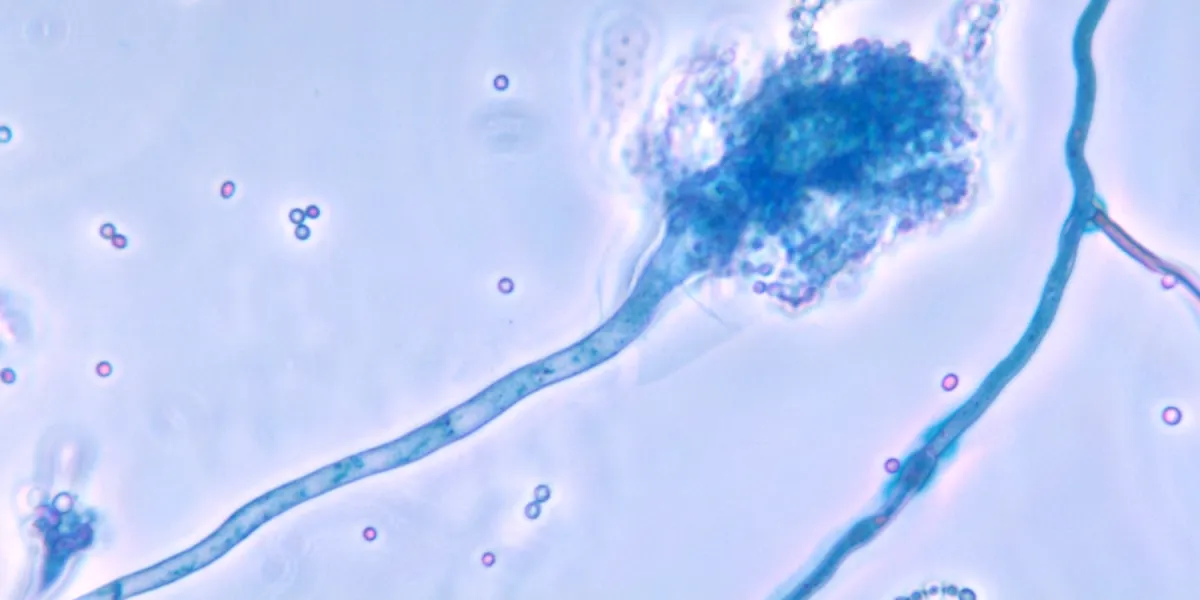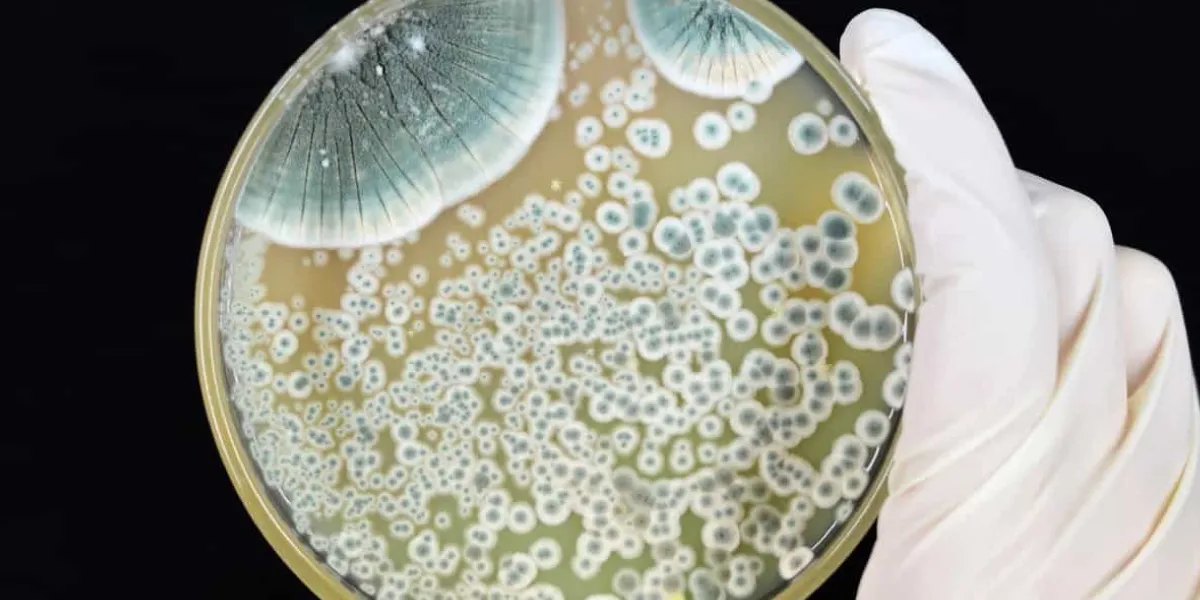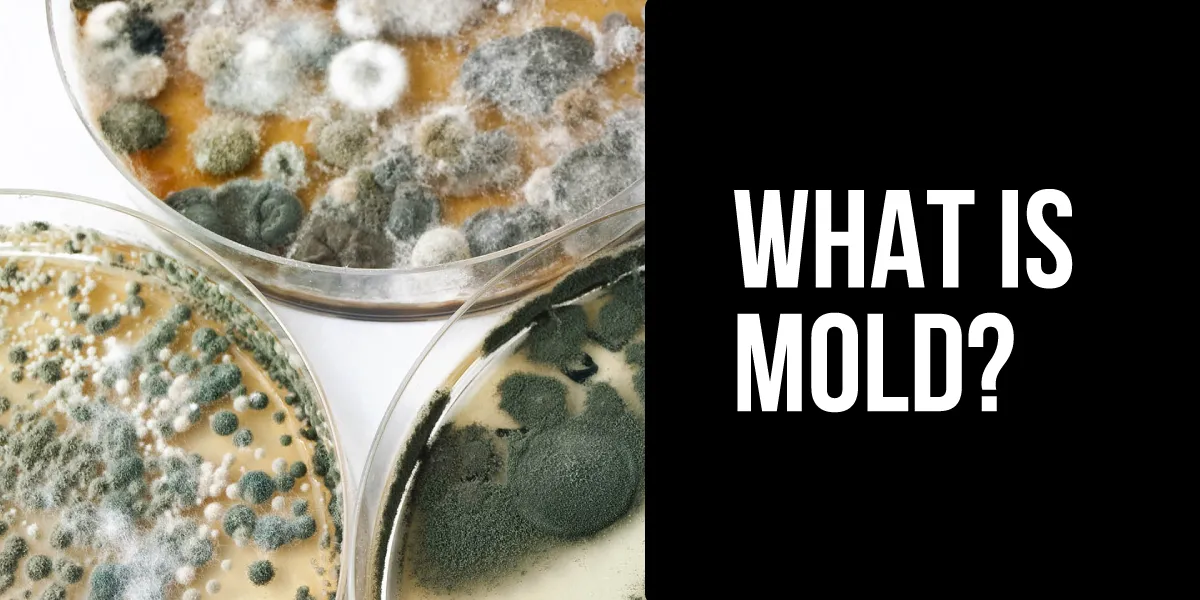Mold, a type of fungus, is a common issue in many homes and buildings. It thrives in moist environments and can cause a variety of health problems, including allergic reactions and respiratory issues. Understanding what mold is and the main causes of its growth is crucial for preventing its spread and maintaining a healthy indoor environment.
What is the main cause of mold?

The main cause of mold is excess moisture. Mold thrives in damp environments and requires water to grow. Common sources of moisture that can lead to mold growth include water leaks, condensation, high humidity, and flooding. Without moisture, mold spores cannot germinate and grow.
Key factors that contribute to mold growth include:
- Moisture: Essential for mold growth, coming from sources like leaks, condensation, and high humidity.
- Ventilation: Poor ventilation can lead to stagnant, moisture-laden air, creating an ideal environment for mold.
- Organic Materials: Mold feeds on organic materials such as wood, drywall, and fabrics.
- Temperature: Mold grows best in temperatures between 20 to 25 degrees Celsius, which is common in bathrooms, kitchens, and other humid areas.
Controlling moisture is the most critical step in preventing mold growth. This can be achieved by fixing leaks promptly, improving ventilation, and maintaining a healthy indoor humidity level.
How harmful is mold to humans?

Mold can be harmful to humans, particularly those with weakened immune systems or allergies. The severity of the harm depends on several factors, including the type of mold, the amount of exposure, and the individual’s sensitivity.
Health Effects of Mold Exposure

- Allergic Reactions: Mold exposure can cause allergic reactions, including symptoms such as sneezing, runny nose, itchy eyes, and skin rashes.
- Respiratory Issues: Mold can exacerbate respiratory problems, such as asthma, and may lead to conditions like allergic bronchopulmonary aspergillosis (ABPA) and chronic pulmonary aspergillosis.
- Infections: In rare cases, mold can cause infections, particularly in individuals with compromised immune systems. These infections can be severe and include conditions like aspergillosis and osteomyelitis.
- Neurological Symptoms: Some people may experience neurological symptoms, such as cognitive issues, headaches, and mood changes, although these are less commonly associated with mold exposure and require further research.
- Long-term Exposure: Long-term exposure to mold can lead to more severe health complications, including conditions like aspergillosis, osteomyelitis, and endocarditis.
Vulnerable Populations

- Infants and Children: More susceptible to developing respiratory symptoms and allergies due to mold exposure.
- Older Adults: May have a higher risk of mold-related health issues due to weakened immune systems.
- People with Allergies or Asthma: More likely to experience severe allergic reactions and respiratory distress.
- Individuals with Weakened Immune Systems: At a higher risk of developing infections and other serious health complications.
Prevention and Treatment
- Prevention: Keeping indoor spaces clean, dry, and well-ventilated is crucial to prevent mold growth.
- Treatment: Treatment for mold exposure typically involves avoiding the allergen, using antihistamines, and in some cases, immunotherapy. For infections, antifungal medications may be necessary
Mold and Bacteria

Mold is a type of fungus, not a bacteria. It belongs to the kingdom Fungi and is characterized by its multicellular structure composed of hyphae, which are filamentous branches that help the fungus break down and absorb nutrients.
Key differences between mold and bacteria include:
- Cell Structure: Mold is multicellular and eukaryotic, while bacteria are single-celled and prokaryotic.
- Nutrition Mode: Both mold and bacteria are heterotrophs, but mold obtains nutrients by secreting enzymes to break down organic matter, whereas bacteria have different modes of nutrition, including autotrophy.
- Reproduction: Mold reproduces by producing spores, which can be asexual or sexual, while bacteria reproduce asexually through binary fission.
Summary
Mold is a type of fungus that grows in damp conditions and requires four essential elements to thrive: moisture, food, appropriate temperature, and spores. The main cause of mold is excess moisture, which can come from sources such as leaks, high humidity, condensation, or flooding. Controlling moisture is the key to preventing mold growth, and addressing any water damage or leaks promptly is essential to avoid creating an environment conducive to mold growth. Regular cleaning and maintaining good ventilation can also help reduce the risk of mold growth. Understanding these factors can help individuals take proactive steps to prevent mold growth and ensure a healthier living environment.


